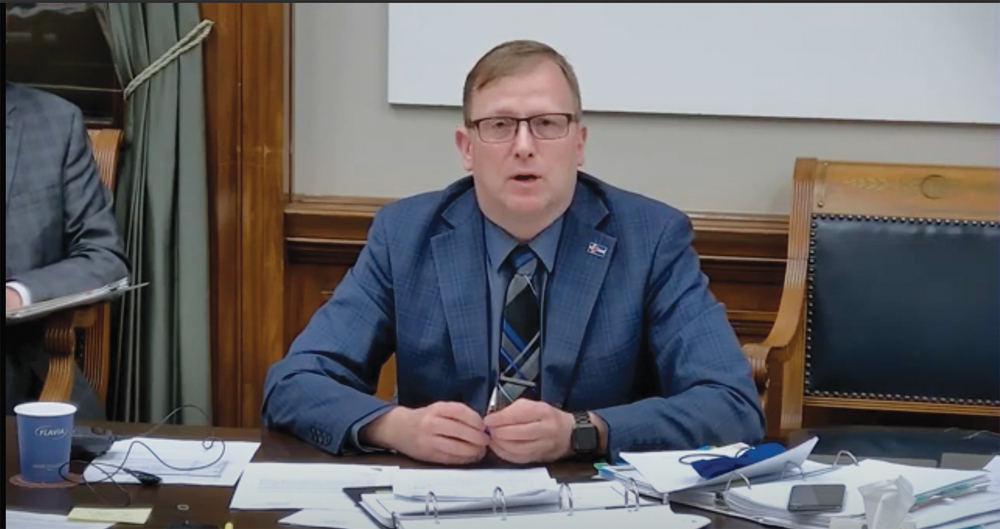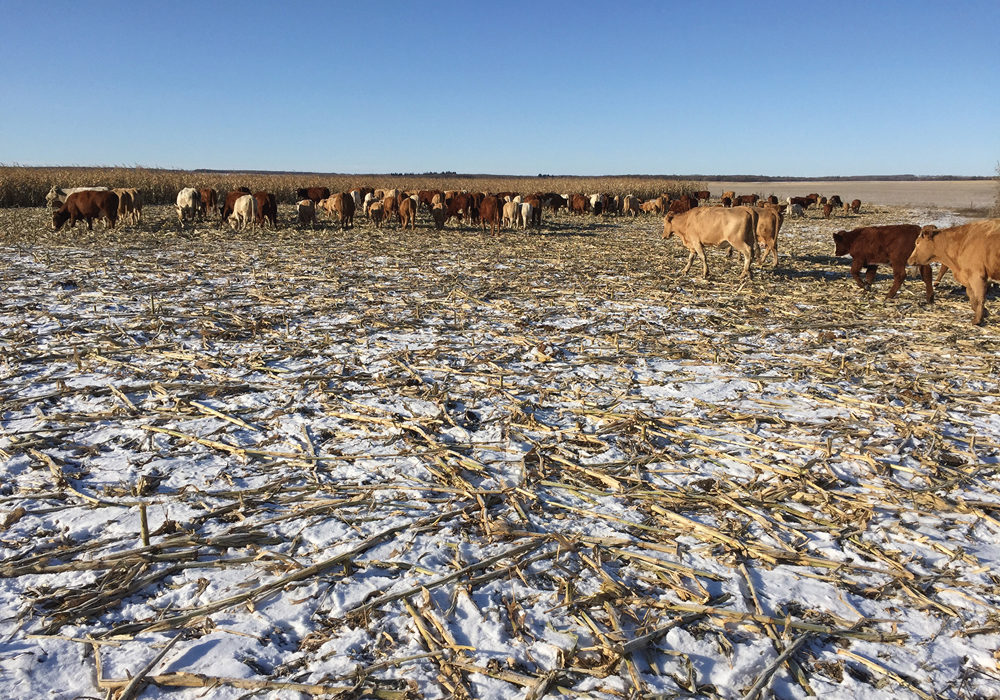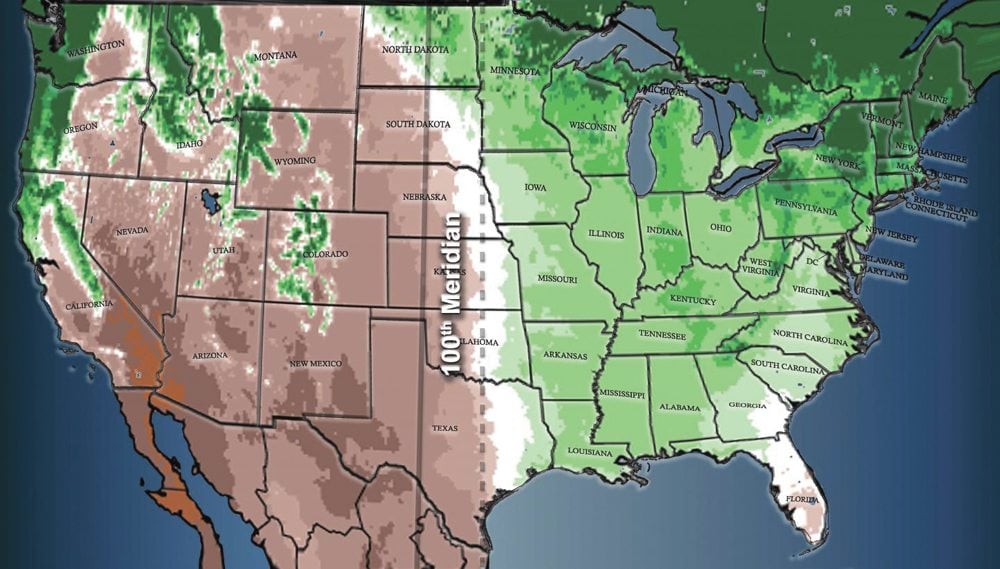Municipalities need at least 3,000 residents and a hefty tax base in order to prosper, according to a new study by Brandon University’s Rural Development Institute.
The study used census data from Manitoba to look at factors such as population gain, an expanding tax base, favourable demographics (such as a rising percentage of females aged 20 to 39), and municipal debt levels.
The strongest communities have anywhere from 3,200 to 3,500 residents, plus taxable assessment levels of $130 million or more, said Bill Ashton, the institute’s director and principal researcher.
Read Also

Canada seventh on agri-food influence
Comparison of 19 G20 countries says Canadian agri-food needs investments, processing, action on retail consolidation to realize potential
“There are minimum thresholds that we need to have for a rural municipality,” he said. “Three thousand is what we’re seeing as the threshold for going forward and for ensuring that rural municipalities have enough people.”
The report identifies three municipalities (Lac du Bonnet, Rhineland, and Killarney-Turtle Mountain) and two towns (Neepawa and Swan River) that make the standard set out by the study.
But it’s a tall order for most others. Only 51 of Manitoba’s 197 municipalities have 3,000 or more residents and just 47 meet the recommended assessment threshold.
Alongside economic indicators, a second report from the institute lays out a series of “functional economic areas” that frame a new way of thinking about geographic regions in rural Manitoba.
Eighteen distinct rural regions were identified using census data that mapped people’s commuting patterns, or how far afield people travel from homes to workplaces.
This second report aims to provide a new sense of where geographic boundaries are beyond existing municipal boundaries, Ashton said.
The two reports could help local government leaders in their amalgamation deliberations and give them new ways to think about where future boundaries could be, he added.
“We don’t want to change boundaries every 10 or 20 years, so can we get it right now? That’s where the geography linked with the population thresholds and assessment kind of come together.
“Our research indicates that strong rural municipalities are not islands but rather engines of growth and economic development.”
Both reports were funded by the provincial government and can be found at: http://www.brandonu.ca/rdi/publications/rural-adaptation-and-change/.















